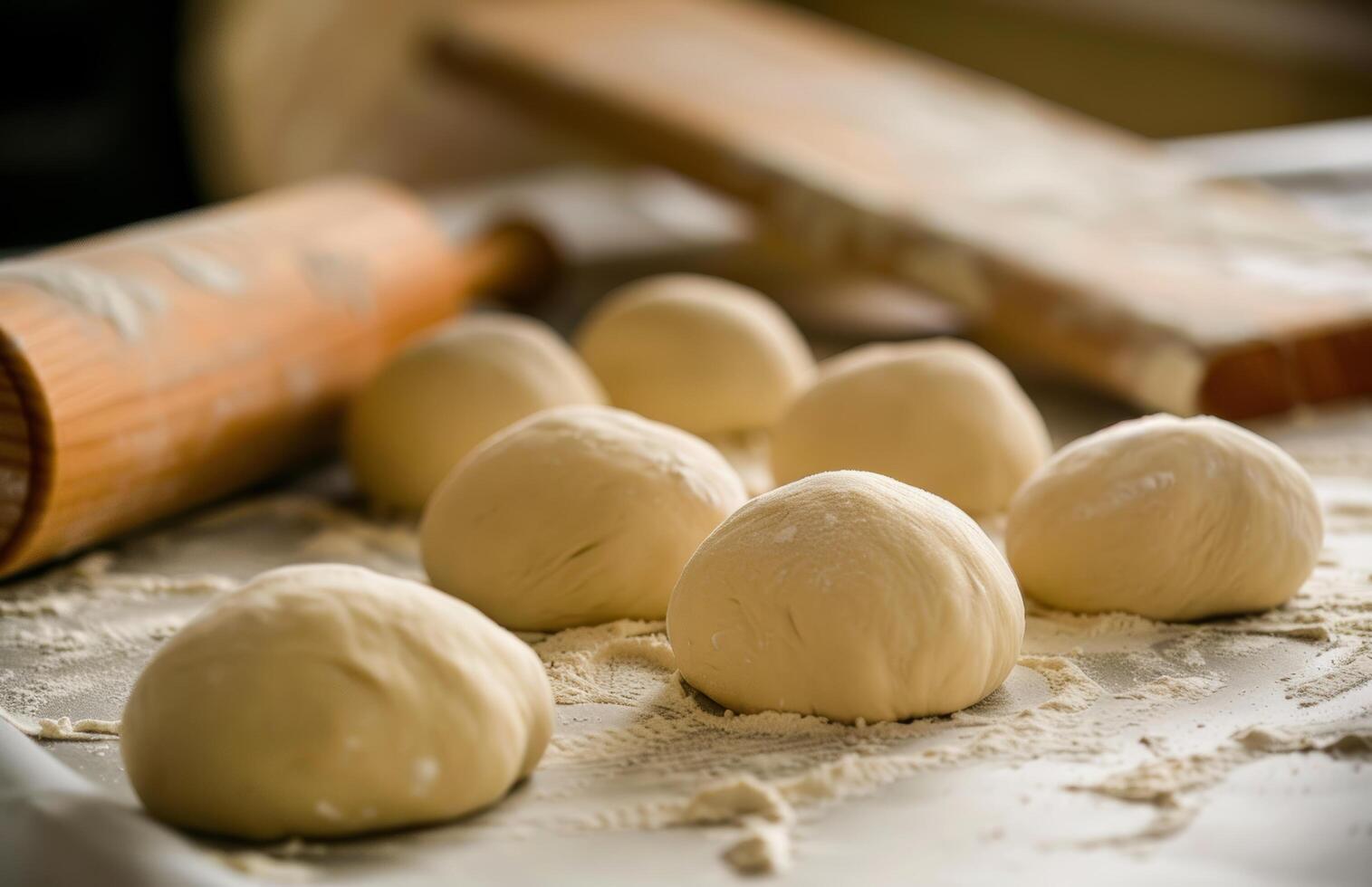Dough Hydration: What It Is & Why It Matters
If you’ve ever wondered what hydration means in bread-making and why it’s important, you’re not alone! Let’s break it down in simple terms.
—
What Is Dough Hydration?
Hydration refers to the percentage of water in a dough compared to the amount of flour, measured by weight (not volume).
Formula:
(Water weight ÷ Flour weight) × 100 = Hydration %
For example:
500g flour + 250g water → 50% hydration
500g flour + 340g water → 68% hydration
500g flour + 400g water → 80% hydration
Measuring by weight ensures accuracy, as cup measurements can vary based on how flour is packed.
—
Why Does Hydration Matter?
Hydration affects everything from dough texture to handling and final crumb structure:
Low hydration (50%-60%) → Firm, easy to shape, holds structure well. Ideal for sandwich bread, bagels, and pizza dough.
Medium hydration (65%-75%) → More extensible with a softer crumb. Used for classic artisan bread, dinner rolls, and soft loaves.
High hydration (80%-100%) → Sticky, requires stretch & fold techniques. Produces open, airy crumbs like ciabatta and focaccia.
Higher hydration means a softer dough that spreads more and requires different handling techniques.
—
Is Hydration Only for Sourdough?
No! Hydration is a fundamental concept in all yeast-leavened bread, from sandwich loaves to rustic artisan bread.
Sourdough bakers talk about hydration often because it directly influences fermentation, gluten development, and texture. But hydration principles apply to all types of bread!
—
Takeaway
Understanding hydration helps you control dough consistency, troubleshoot issues, and improve your baking skills.
Next time you want a firmer or softer dough, simply adjust the hydration level to get the results you’re looking for!
Happy baking!

